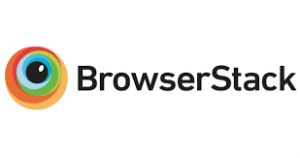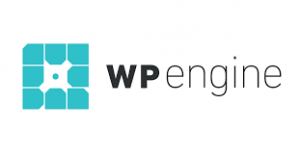In a previous post, I described how to to integrate deployments to WPEngine via your CI/CD pipeline on Azure Devops. In this article, I’ll do a deep dive into how to add automated browser testing via BrowserStack into your pipeline.
There is a well documented support article on how to do continuous integration on WP Engine with Bitbucket, but nothing that I could find for Azure Devops. This walkthrough will document how to do deployments to WP Engine site utilizing Azure Devops. I’ve set this up as a template instead of a single YAML file, so that it’s easier to deploy across multiple sites with only a couple of small tweaks on your parameters.
This post originally appeared on the Pyxl Blog.
According to the United States Census Bureau, 56.7 million Americans have some type of disability. As the population ages, this number will continue to increase and is expected to double to 98 million by 2060. Individuals who have vision, hearing or physical disabilities will make up approximately 20 percent of the population and will encounter significant challenges accessing websites, applications and documents online.
This post originally appeared on the Pyxl Blog.
Loyalty programs come in all varieties, from loyalty cards to membership based programs, and no one type is better than the others, let alone perfect. E-commerce loyalty programs are one of the most common types that the Pyxl team deals with on a daily basis. With the average U.S. household subscribed to around 22 different programs – how can your business afford to not offer one as well?
The ability to quickly create, market, and drive leads to your content is the basis for successfully implementing an effective Content Marketing strategy. Integrating your content creators into a well developed content management system (CMS) is the keystone of being able to get content created, scheduled, and ready to post. Here are 5 tips that will help your organization when planning for the roll out of a new CMS:
This post originally appeared on the Pyxl Blog.
Web applications are everywhere, from Facebook to Instagram, Craigslist to Amazon, and they consume a majority of our Internet usage. Gone are the days of having applications that are tied to specific operating systems or platforms. Web applications make interaction much more user-friendly by pushing data and interaction onto the web. The question arises on how to not only get one of these applications made for your company, but how to make it successful.
You’ve decided you want to setup a site, or blog, or message board, or any number of web properties. You’ve picked your favorite CMS. You’ve decided on a topic for the site. You’ve picked or developed your theme. Now it’s time to stand the site up on a web host, but so…many…options. There are a few different ways you can approach picking a host depending on your needs, your skill set, and, of course, your budget.
I’ve been developing apps, software, and sites since my freshman year of high school. However, this WordPress theme you are seeing was found, downloaded, and installed from a simple Google search. This may seem counterintuitive given my background, until you consider all that’s involved in making a custom theme.
WebP, an image format developed by Google, certainly isn’t new, but it’s currently on the verge of widespread adoption. Apple has included it in the beta version of both iOS and MacOS, which is a step in the direction of it becoming cross-adopted across the major share browsers. Chrome and other browsers using the core Chrome engine are already supporting WebP with good results. If successful in Apple’s beta, other browsers would likely have no choice but to get on board in order to keep up with current standards.
Hello world…the default first post of any WordPress blog, right? But, did you know that hello world stems from development?










